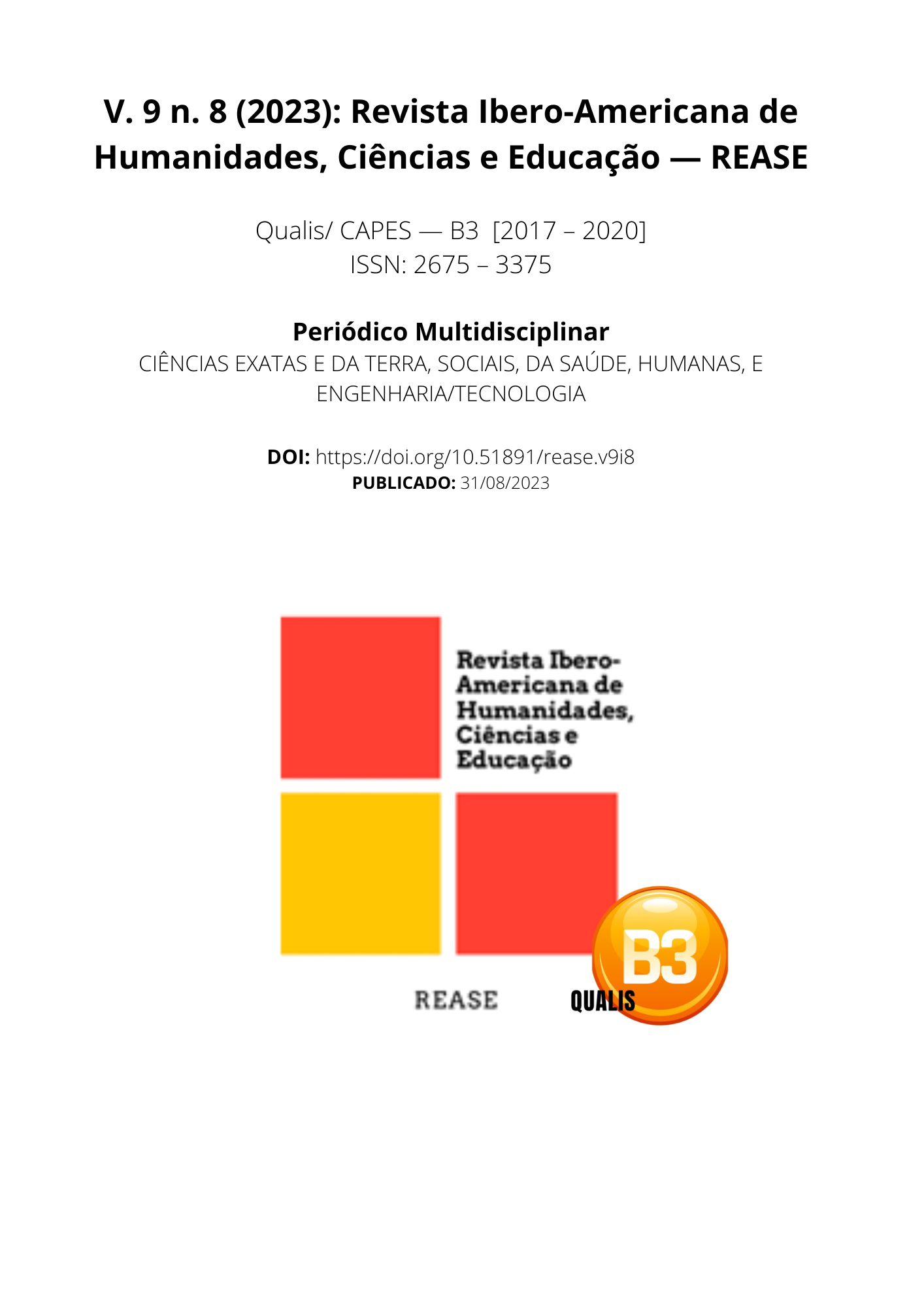CLINICAL AND EPIDEMIOLOGICAL PROFILE OF PATIENTS WITH TYPE 2 DIABETES MELLITUS: A LONGITUDINAL STUDY OF AN URBAN POPULATION
DOI:
https://doi.org/10.51891/rease.v9i8.10967Keywords:
Type 2 Diabetes Mellitus. Clinical profile. Longitudinal study.Abstract
Introduction: Type 2 Diabetes Mellitus (T2DM) represents a growing public health concern due to its increasing global prevalence and significant clinical implications. This longitudinal study aimed to analyze the clinical and epidemiological profile of patients with DM2 in an urban population over five years, with an emphasis on changes in glycemic control, risk factors, progression of complications and prognostic factors. Methodology: Patients with DM2 from an urban reference clinic were included, undergoing annual assessments that included glycemic control measures, demographic characteristics, medical history, risk factors, drug therapy, lifestyle interventions and incidence of complications. Statistical analyzes were conducted to evaluate trends and identify prognostic factors. Results: Throughout the study, a significant improvement in glycemic control was observed, reflected in a reduction in average HbA1c from 8.5% to 7.2%. Positive lifestyle changes, such as reduced smoking and alcohol consumption, were noted. There was a slowing in the progression of diabetic retinopathy and neuropathy, although the incidence of diabetic nephropathy remained stable. Age, BMI, treatment adherence and initial glycemic control were identified as significant prognostic factors. Discussion: The results highlight the effectiveness of therapeutic and lifestyle interventions in the management of DM2. The identification of prognostic factors emphasizes the need for a personalized approach to disease management. Conclusion: This study provides valuable information about the evolution of the clinical and epidemiological profile of patients with DM2 in an urban population. The findings have implications for public health and clinical practice, emphasizing the importance of glycemic control, lifestyle interventions, and a personalized approach in the care of these patients.
Downloads
Downloads
Published
How to Cite
Issue
Section
Categories
License
Atribuição CC BY

